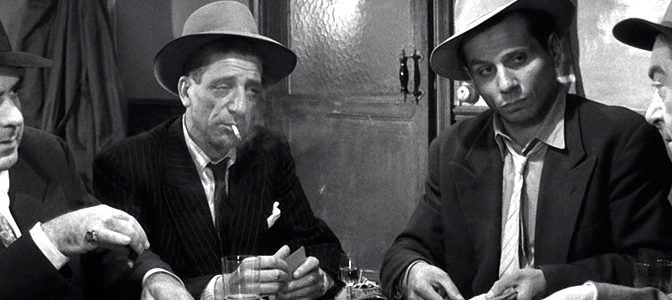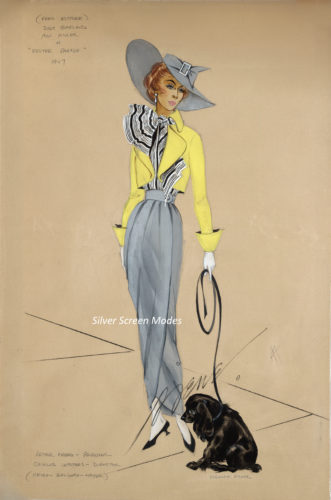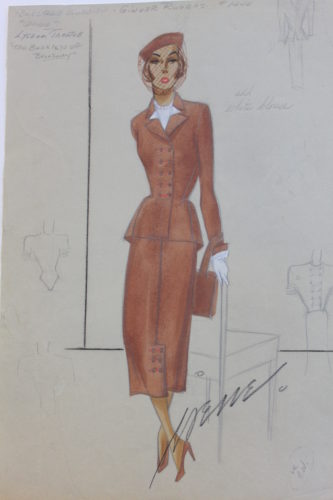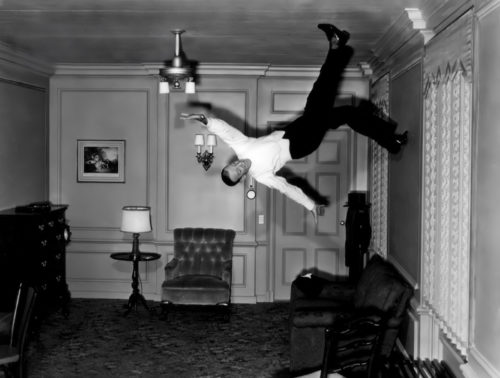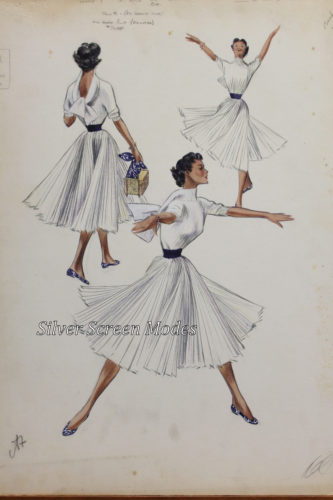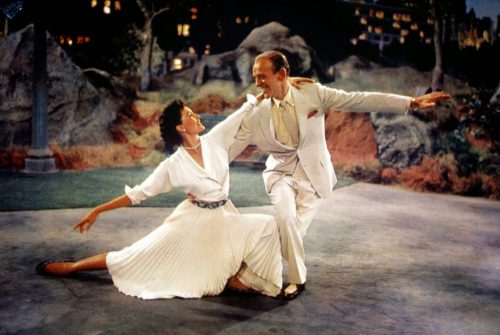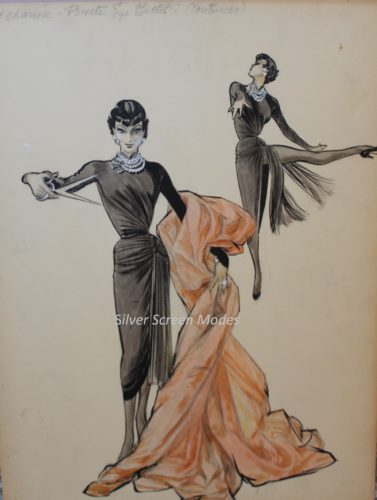RIFIFI has been called the best French crime drama ever made, and the best French film noir. When Francois Truffaut was still a film critic, he said Rififi was the best film noir he had ever seen. And although its director’s name sounds French, Jules Dassin was an American, blacklisted and forced to work in France and Europe.
This blog post is part of the Classic Movie Blog Association’s Banned and Blacklisted Blogathon.
After leaving MGM, Dassin worked with Mark Hellinger on the noir classic Brute Force, (1947) starring Burt Lancaster, Ann Blyth, Hume Cronyn, and Yvonne De Carlo. By 1949 the House Un-American Activities Committee was looking for communists in the movie business. Daryl Zanuck at Universal purposefully sent Dassin to London to work on his noir masterpiece Night and the City in 1950, where he missed being called to testify to the Committee. Nonetheless, he was named by two others as a former communist and was blacklisted. Unable to find work, he moved to France, although he could not speak French. He was set to direct a movie starring the French comedian Fernandel, titled Public Enemy No. 1, but was fired after his blacklisting caught up to him. This caused a furor in France, with French director Jacques Becker (Touchez Pas le Grisbi) leading the protest. After a rough few years, he was hired by producer Henri Berard to direct a low-budget crime drama based on the book, Du Rififi chez les Hommes (Some Wrangling Among Men), by Auguste le Breton. The story involves a jewelry heist in Paris, the dialogue heavy with French slang and underworld lingo. Dassin immediately began a script rewrite of the story, but still using le Bretton’s dialogue. Dassin made a big change, the jewelry heist caper involving a gang of professional criminals became the central scene in the movie. The heist lasted a fuIl 30 minutes, a quarter of the film’s length. If you’re thinking this sounds like the plot of Asphalt Jungle, you’re right, though Dassin said this was accidental as he hadn’t seen the film at that pont. There are several similarities, but in Rififi Dassin extracts every bit of tension and friction out of the characters and their endeavors, and in this low-budget film, he made every detail count in furthering the plot. Fortunately, he also had a superb crew, with Philippe Agostini as cinmatographer, Alexandre Trauner as Production Designer, and music by Georges Auric. The Paris setting was also key, especially with Dassin’s insistence on filming during cloudy days. He used the atmosphere of Paris as he had London in Night and the City, and New York in The Naked City, this becoming a stylistic hallmark of film noir. “I remember walking the streets of Paris and dictating to a secretary,” Dassin said. “We’ll do this scene here and this scene there. Just really improvising as we walked. When you make a picture, and you do locations, you gotta walk.”

The lead character, played by Jean Servais, is Tony le Stephanois (many characters have such monikers) who just got out of prison and is mad at his old flame “Mado.” She has taken up with gangster and nightclub owner Louis Grutter. Tony meets his two old pals, Jo le Suedois (the Swede) and Mario Ferrati at a cafe. They look over at a Jewelry store, where the two friends propose a quick window heist. Tony wants nothing to do with it or the chance of going back to prison. But he can’t resist checking on Mado at the “L’Age D’Or” nightclub. He sees her and emphatically asks her to his room. After some comparison of their lives over the last 5 years when he was in prison and she sold their flat and took up with Grutter, he takes her jewelry and fur coat. He gives her some pretty rough treatment and throws her out of his ratty apartment, then throws out her coat and jewelry. He doesn’t feel any better about himself, though he’s changed his mind about the jewelry heist. Servais as Tony le Stephanois is the picture of a hang-dog criminal with nothing left to lose. His only moment of joy is playing with Jo’s young son Tonio, for whom “Uncle Tony” makes sure Jo buys the toy the kid had wanted.
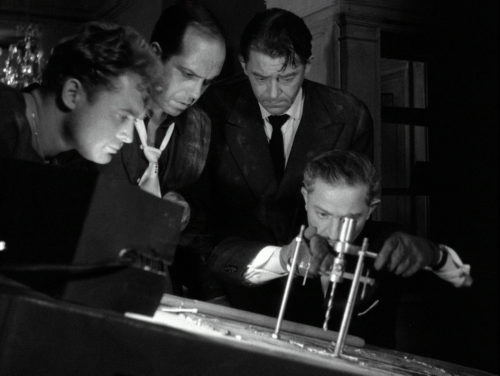
Tony now tells his two pals he’s in – only this should be for the whole store inventory that’s in the safe – not just a window job. It should be planned to the minute, but now a safe-cracker will be needed. Mario has an Italian compatriot and pro who could do the job – Cesar le Milanais (the Milanese), played by no other than Jules Dassin himself. Their plan is to break through the roof on a Sunday night. A couple lives there, but they’ll be gagged and tied. The large portable safe will be moved and lowered – to drill through the back. The entire operation is shown in a tight wordless choreography with no music. Each slight noise of tool or bump only amplifies the tension of the scene. Cesar the safecracker wears ballet slippers during the job. The 30 minutes of screen time represents several hours, until finally the job is done.
This is film noir, however, and things can’t continue to run smoothly. The men in this caper may be professionals, but flaws in character are always prone to interfere, as does fate. (Some spoilers follow) Cesar’s weakness is his desire to impress women. As he escapes the jewelry store he can’t resist stealing one expensive ring that he does not combine with the shared loot. This ring, that he gives his mistress, will lead to him being pegged for the heist by Louis Grutter, after news of the robbery hits the streets. And when he is captured by Grutter and his men, he rats out the others in his group, which leads to disaster. Jules Dassin wanted to make a statement about his being ratted and blacklisted with the character he played. Tony catches up to him in a later scene and tells Cesar, “You broke the rules,” this before he shoots him.
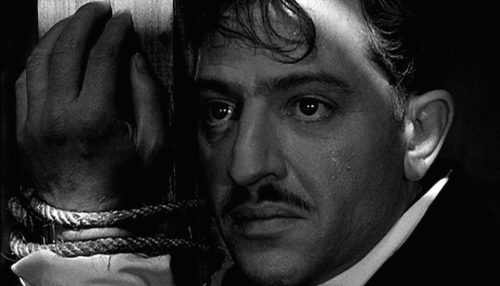
A downward spiral of events follow, as dramatic as the heist. The last long scene is itself a masterpiece, a “lyrical documentary,” as Truffaut called it. Watching little Tonio wearing Tony’s trenchcoat and a fedora hat, waiving a toy gun as Tony drives madly through the streets of Paris, the life ebbing out of him, racing for safety. This last redemptive effort is a movie scene not soon forgotten.
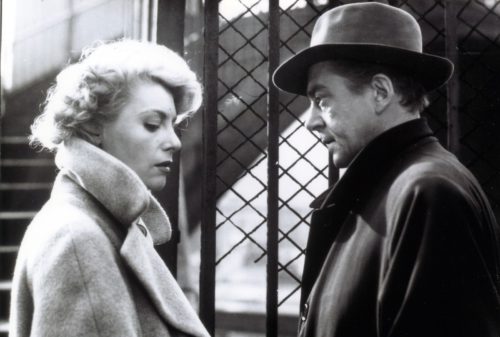
Dassin won the Best Director Award at the Cannes Film Festival in 1955. At the festival, Gene Kelly was the only American who would be seen publicly with Dassin. United Artist wanted to distribute the film in the U.S., but only if he would remove his name from the credits as director and writer. He refused. So UA set up a dummy corporation and distributed the film in 1956, with Dassin’s credits preserved. As such, he became the first of the blacklisted to be publicly credited in the U.S.
Yet it was rarely seen in the U.S., and not until it was licensed by Rialto and re-released in 2000 did it have public screenings. But even so, before and since, it influenced many heist movies, including: Ocean’s Eleven; The Italian Job, Reservoir Dogs, and The Town.
I saw Rififi on the big screen at the TCM Classic Film Festival in 2015. Eddie Muller introduced the film, congratulating the audience for having picked the best movie of the whole festival to attend. He stated that Rififi was ,”as perfect a movie as you can get.” I agree.
Views: 578

